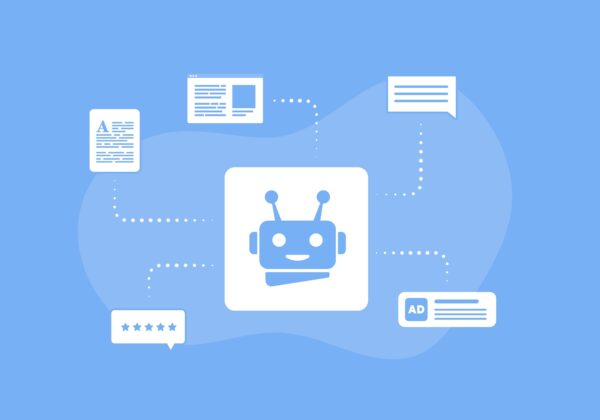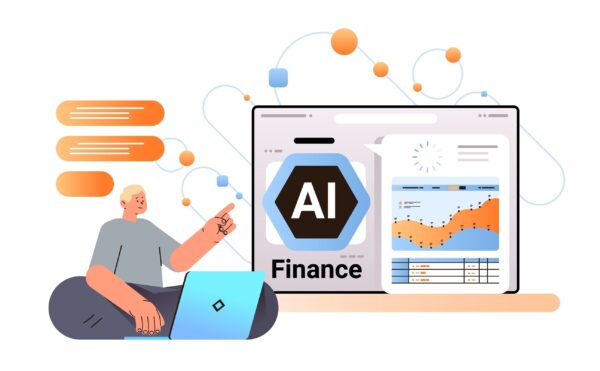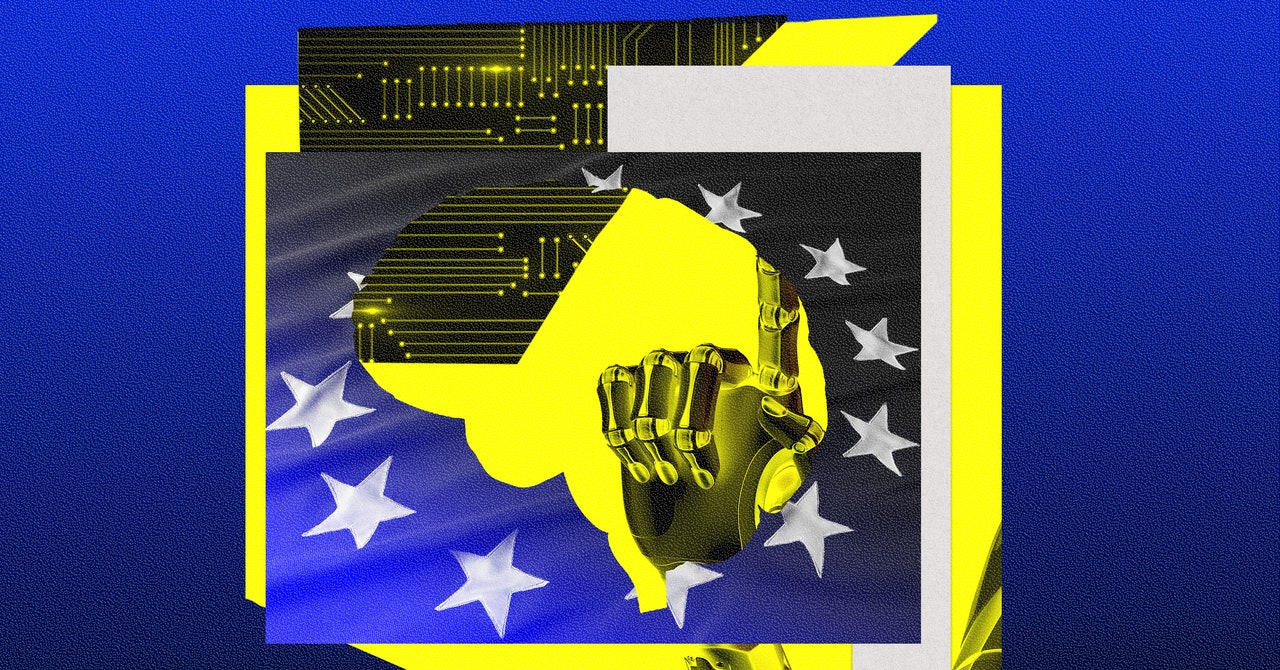In a 2011 Portlandia sketch, Fred Armisen and Carrie Brownstein run around a home goods store in Portland, Oregon, painting, sewing, sticking, and crafting birds onto everything in the store. No bird? It’s just a boring old tote bag, mug, or lamp. But, “put a bird on it,” and it’s suddenly a desirable, authentic, artisanal handcrafted piece of art.
Outside of hipster-dominated neighborhoods in West Coast cities, we might be past the “put a bird on it” craze. But, we’re right smack-dab in the middle of the “put AI on it” obsession in marketing.
Just about every tech startup and many established companies are adding AI to their products, or at least saying they are. Elon Musk insists that Tesla isn’t a car company, but an AI company. Your favorite delivery app, ad platforms, your dentist, and probably your doggy daycare are all working to add AI to their service offerings.
And, of course, you wouldn’t want to miss out on cutting-edge AI solutions that enhance your doggy daycare’s operational efficiency, optimize pet engagement, and deliver unparalleled, personalized care experiences for your furry friend, now would you?
At the same time, beyond the hype, there’s no doubt that AI is going to be transformative to a broad range of industries and the way we do business in marketing.
So how can C-suite executives tell the difference between AI hype and AI value? There’s no silver bullet, but it’s something I’ve been spending a lot of time on, and I’ll share what I’ve learned.
GET ENGAGED IN AI COMMUNITIES
I’m a big believer in getting involved with the right type of focused educational and networking events. For years, I’ve been an organizer and sponsor of a startup and innovation-focused community get-together in Pasadena called Friday Coffee Meetup.
More recently, I became a host of the Pasadena chapter of AI LA, an AI-focused nonprofit that brings together AI innovators, developers, investors, and leaders for a series of events in our region. There, I’ve met the entire gamut: people and companies who are slapping AI on their existing products and doing almost nothing, people who are putting together mostly off-the-shelf chatbots and promising that they’re revolutionizing AI, and the few, somewhat rare true innovators who are working on the AI-powered tools that really are going to revolutionize tomorrow.
Not only have my involvement with and support of this community let me get to know those innovators personally, they’ve helped me get a much stronger sense of what’s the real deal and what’s not.
USE AI YOURSELF
One of the best ways to understand AI is to get yourself and your team using AI tools as part of your day-to-day routine. Some of those tools will be specific to your industry. Others have broad applications across many industries.
Here are a few that our team has embraced over the past year that have become an indispensable part of our workflow.

AI TRANSCRIPTIONS & NOTE-TAKERS
If there’s a person on the planet who enjoys taking notes during a meeting, I haven’t met them. But, good meeting notes are important. So, free up your staff for more important things with an AI note-taker. Our team’s favorites are Scribbl and Tactiq.
You’ll leave every meeting with an AI-generated transcript, notes, and summary.
AI FOR CONCEPTUAL IMAGES
At this moment, AI image generators like Dall-E and Midjourney are mind-blowing, but often pretty easy to peg as “AI-Generated Art”. So, you’ll want to be really careful using them in any scenario where you’re trying to pass them off as “the real thing.”
However, when it comes to conceptual art, they’re fantastic. Use them for brainstorming, FPO images that go beyond gray boxes, or even presentations where they might be appropriate.
And, if your marketing department or agency isn’t using the AI-powered tools within products like Photoshop, they’re missing out on an amazingly powerful toolset that combines human photo-editing skill with the best of AI.
CHATGPT AS YOUR COPILOT
I can very truthfully say that we’ve never handed creative work that came out of ChatGPT to a client, but ChatGPT has made the creative, strategic, and administrative work our agency produces better and more efficient in many ways over the last year or so.
Here are some examples of the most frequent ways we’re using it:
- Brainstorming
In a “no ideas are bad ideas” scenario, ChatGPT will have some OK ones that might even inspire some great ones from your team. - Summaries
Need something long made shorter? ChatGPT’s great at taking the overly verbose and making it simple and easy to understand. - Data Analysis
Have a large dataset that needs to be analyzed? Sure, you could run it through Tableau, Excel, or Python. You could also feed it into ChatGPT and ask AI to run analysis on it on your behalf. - Document Processing
Need to search a document for ideas, not keywords? ChatGPT can help, sometimes saving you hours of flipping through non-relevant content. - The Missing User Manual for Life
If you’re looking for a keyboard shortcut, an Excel formula, a specific configuration setting, or a bit of tricky code you can’t quite figure out, ChatGPT can outdo a web search a good amount of the time. - And That’s Just for Starters
The more you and your team use AI tools like ChatGPT, the more real-world, non-hype uses they’ll find for them.

FOCUS ON OUTCOMES
Hype isn’t new to AI, and it seems like the world of marketing is especially susceptible to overhyped products and services.
I’ve become something of a hype connoisseur.
The simple rule that I apply to evaluating any service, whether it’s AI-enabled or not, is to focus on the outcomes. Will my dog be happier because your doggy daycare center is AI-enabled? Will my client’s marketing campaign perform better because I use your AI ad-delivery tools? If I use your AI content personalization tools, will my client’s customers actually be more engaged?
Once you start focusing on outcomes, separating the real from the hopeful becomes pretty straightforward.
WE’RE AT THE BOTTOM
There’s a key concept to remember when you’re using any legitimate AI-enabled tool: right now, AI is the worst it’ll ever be. It’s only going to get better.
So, if you find, embrace and start to leverage AI tools that can give you a competitive edge today, you can make a pretty safe bet that either they — or tools very much like them — will be that much more of an advantage in the future.
And, if you don’t, I expect your competitors will.
Mike is founder and CEO at Echo-Factory, a Digital Agency headquartered in Pasadena, California.




